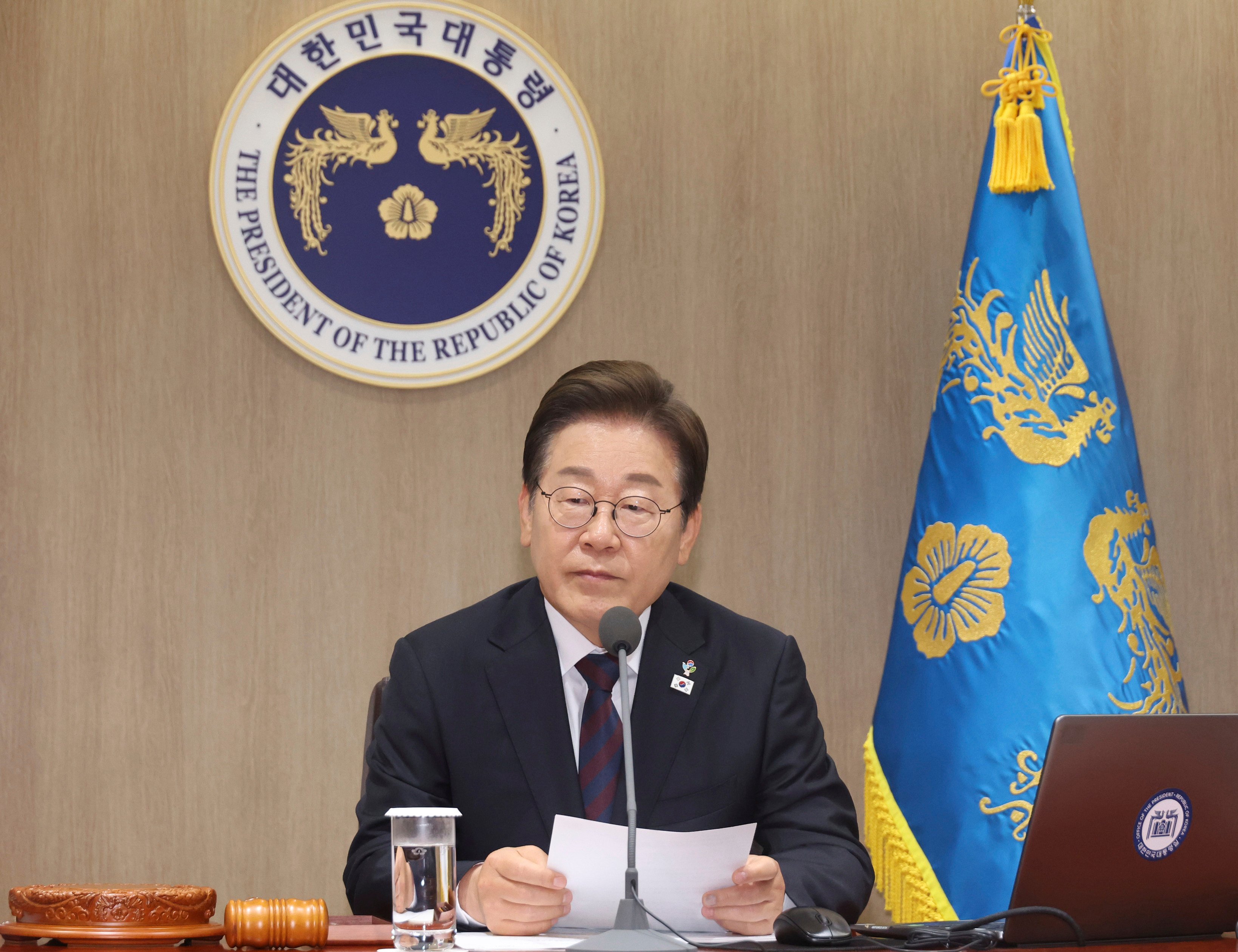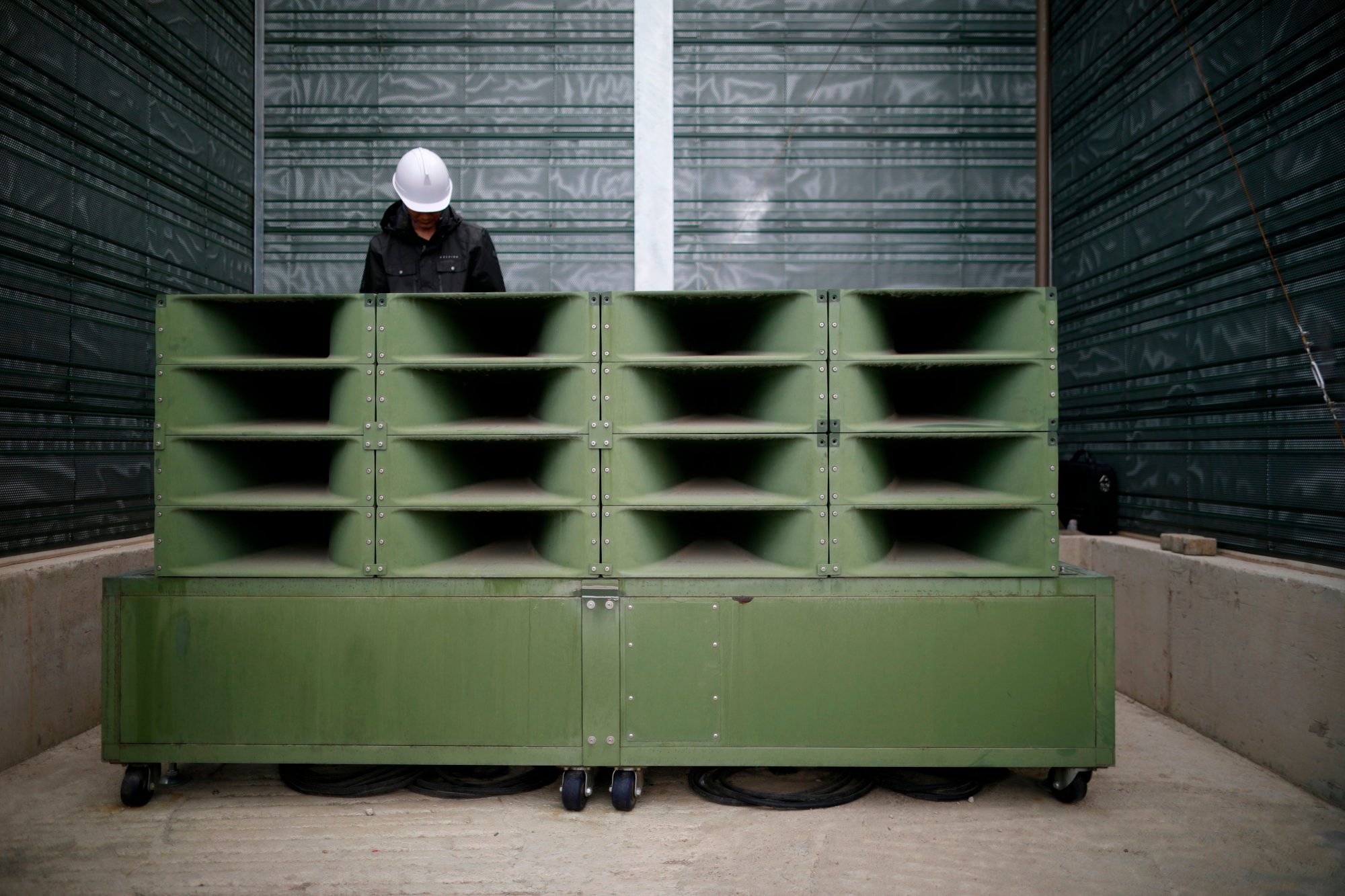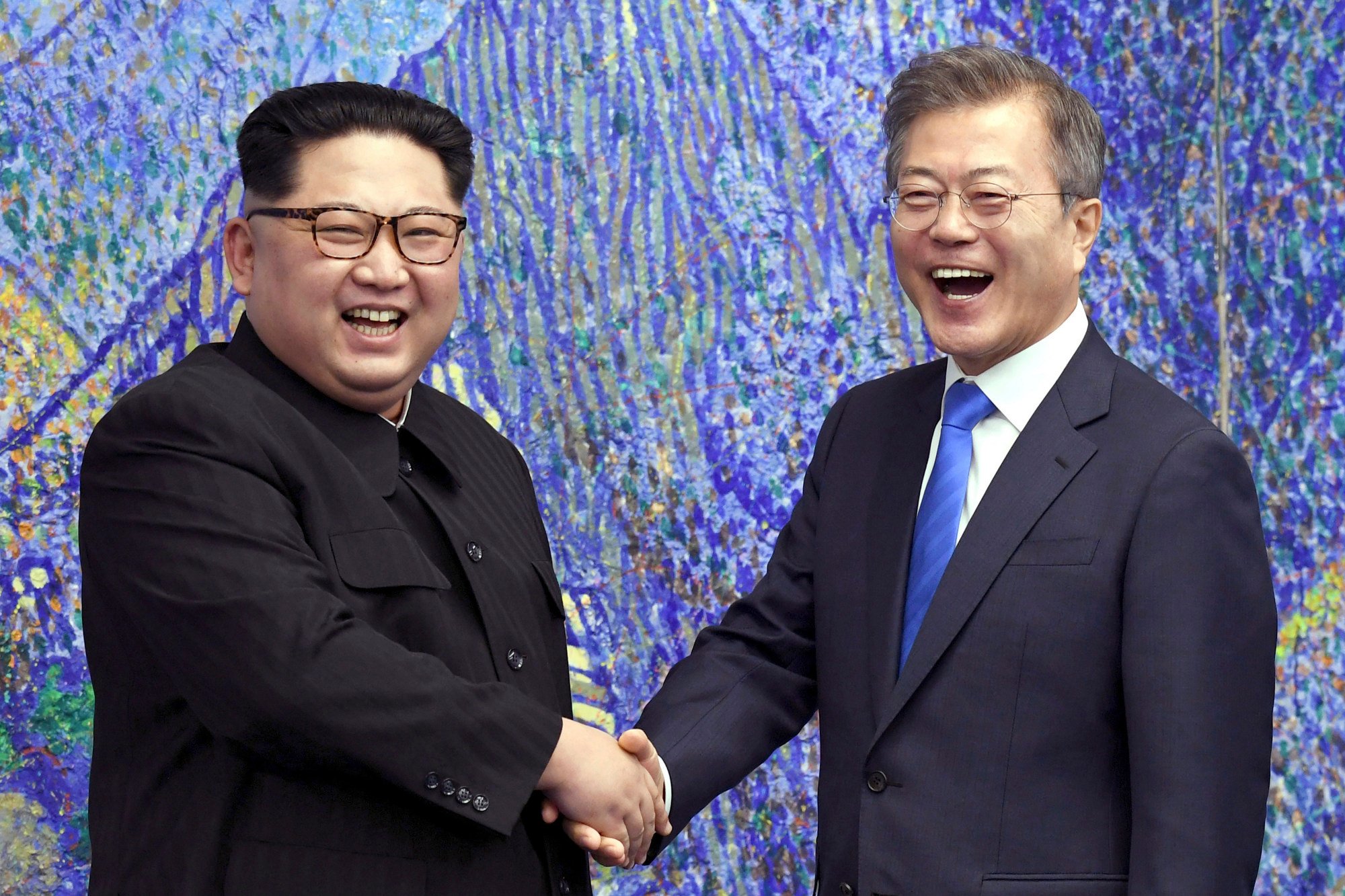Will Kim Jong-un reciprocate first move by South Korea’s Lee to ease tensions?
A proposed halt to the launch of anti-North propaganda leaflets may signal a major policy shift by President Lee Jae-myung, analysts say

The call by South Korea’s newly elected President Lee Jae-myung for a halt to the launch of anti-Pyongyang propaganda leaflets signals what analysts see as a potential major policy shift towards easing inter-Korean tensions.
The Unification Ministry on Monday said it was “strongly urging” civic groups to stop sending anti-North Korea propaganda leaflets across the border into the North.
“Such actions raise tensions on the Korean peninsula and may threaten the lives and safety of residents near the border. Therefore, we strongly request a halt to leaflet launches,” its spokesman Koo Byoung-sam said.
His comments followed a fresh launch of leaflets earlier this month by relatives of South Koreans abducted during the Cold War. Such acts of protest have long been tolerated or even encouraged by conservative administrations in Seoul.
Under impeached former president Yoon Suk-yeol, these launches were defended as an exercise of constitutionally guaranteed free speech. But the new government of liberal President Lee appears to be charting a different course.
“This is the first step by the Lee government seeking to restore mutual trust between the North and the South,” Dongguk University emeritus professor Koh Yu-hwan told This Week in Asia.
Although Lee had yet to appoint his cabinet, including the new unification minister, following his victory in the June 3 snap election, his office was laying the groundwork for confidence-building, Koh said.
His presidential office appears to expect the North to reciprocate and stop propaganda leaflet launches and loudspeaker broadcasts across the border, according to Koh.
“The South is taking the initial step as part of trust-building measures as the North is closely watching it”, even though all inter-Korean communication channels remained severed, he said.
If the North were to respond positively, the next step could be the restoration of military communication channels that had been cut off since 2023, Koh added.
Chang Yong-seok, a senior researcher at the Institute for Peace and Unification at Seoul National University, agreed with Koh’s observation.
“This is the first important signal South Korea is sending to North Korea after President Lee promised to work for peace and stability on the Korean peninsula in his inauguration speech,” Chang said.
The South wanted both sides to stop “psychological warfare”, including the exchange of propaganda leaflets and loudspeaker broadcasts and respecting the principle of accepting each other’s different political system, as stipulated in the 1992 inter-Korean framework agreement, he said.
The North began sending garbage-carrying balloons to the South in retaliation for leaflets launched from the South in 2023. The tit-for-tat has since eased, but loudspeaker broadcasts continue despite complaints from residents living near the border.

“If things go well, the stoppage of leaflet launches and loudspeaker broadcasts would serve as first steps towards the restoration of the 2018 military agreement,” Chang said.
North Korea has intermittently suspended and restored inter-Korean communication channels as a way to express its displeasure over various actions by Seoul, including the distribution of anti-Pyongyang propaganda leaflets and joint military exercises conducted by South Korea and the United States.
It remained to be seen whether the North would respond to the South’s gesture, Koh said.
“It’s hard to predict when the two Koreas could resume exchange and dialogue. The two Koreas should make efforts to avoid raising tensions, while seeking to stabilise the situation and move forward,” he added.
In November 2023, Yoon’s government scrapped a no-fly zone established in the 2018 agreement with North Korea and resumed reconnaissance flights near the border, in retaliation for the North’s military satellite launch in the same month.
The agreement, which was signed by then liberal South Korean president Moon Jae-in and North Korean leader Kim Jong-un, also contained measures designed to reduce tensions along the inter-Korean border, including restrictions on frontline guard posts and live-fire exercises near the demilitarised zone.
However, Kim severed all ties with the South in December 2023, defining the two Koreas as “two states hostile to each other”.

In January 2024, he went a step further, calling for defining South Korea as the North’s “invariable principal enemy” in its constitution.
Consequently, cross-border roads and railway tracks were destroyed and frontline defence structures were restored, reversing the hard-won achievements reached at a 2018 inter-Korean summit between Moon and Kim.
Currently, except for the hotline between the United Nations Command (UNC) and the North at the Panmunjom joint security area at the border, no other communication channel exists between the two Koreas.
Koh said rapprochement between the two Koreas would be difficult unless the US and North Korea were to hold a dialogue again.
North Korea, however, was not high on US President Donald Trump’s agenda given his distractions over global trade tensions, the Israel-Gaza war and the conflict in Ukraine, observers said.
Conversely, Pyongyang remains indifferent to inter-Korean ties as it has not even responded to the UNC’s offer to discuss the repatriation of six North Koreans found adrift in South Korean waters this year.
“It will be interesting to see whether the North changes its mind and agrees to accept them as the South now has a new government,” Koh said.